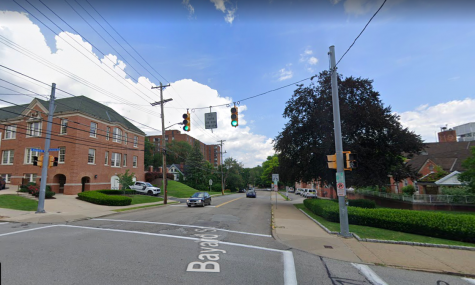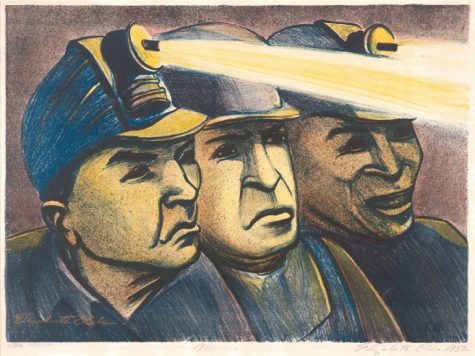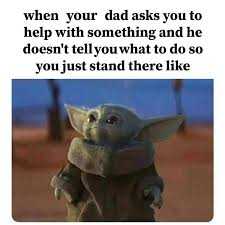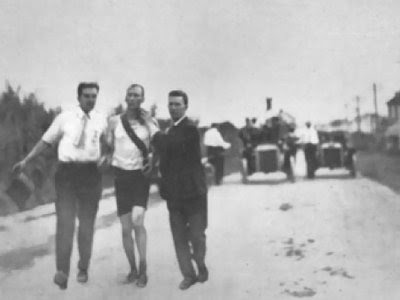What To Know About Catalonia
The Catalonian Independence Movement has been underway for a couple years now. From referendums to protests to scandalous actions on behalf of Spain, it’s made the headlines almost every single day. Catalonia is, at present, a nationality on Spain’s border with France, as it has been since its State of Autonomy was approved in 2006. However, back in 2014, a referendum was held by Catalonia asking the people of Catalonia if it should be its own state, and if that state should be independent. A whopping 80% voted yes to both questions, leading the Catalan government to draft and approve a secession plan the next year.
This is where the process gets complicated, and where the Spanish government has attempted to intervene. Although the secession plan was very popular among the Catalan government and population, the Spanish Constitutional Court declared the plan and process to be illegal under Spanish law. Catalonia went along with the plan anyway, and decided to have another referendum on October 1st, 2017. Despite the Catalan people voting overwhelmingly to make the Catalan state independent in the form of a Republic, the Spanish government has declared the referendum illegal, citing a break of agreement in the Spanish Constitution written in 1978. What’s more, the European Commission has also declared the referendum illegal. This has a significant impact on the Catalan independence movement, as the European Commission is the central part of the European Union responsible for passing and approving legislation. The European Commission also frequently promotes the interests and stances taken by the EU; therefore, if they condemn the actions of Catalonia, the entire European Union does as well.
The disapproval of the European Commission is not the biggest problem on Catalonia’s hands. In an attempt to sabotage the 2017 independence referendum, the Spanish Civil Guard raided the offices of prominent officials and supporters of the referendum less than two weeks before it was held. They looked for more information about the referendum and even detained many of the officials in question. In response, supporters of the referendum have taken to the streets in mass protests and demonstrations against Spain and in support of Catalan independence. In response to the protests, a controversial referendum, and even Catalan President Carles Puigdemont signing a declaration of independence on October 10, Spain took action into her own hands. On October 21, Spanish Prime Minister Mariano Rajoy announced that he would remove Puigdemont and his administration from office, placing Catalonia under direct rule from the Spanish government.
The Catalonia independence movement has been marked by chaos, discordance, and stubbornness on Spain’s behalf to keep its autonomous community. The riots and protests that have erupted over the referendum have injured hundreds of people, turning the situation violent and extremely tumultuous. Catalonia’s independence has been sought out for a long time, yet if clashes continue between the governments—and civilians—of Spain and Catalonia, the world might have to wait for a long time until Spain’s autonomous country gets its independence.









